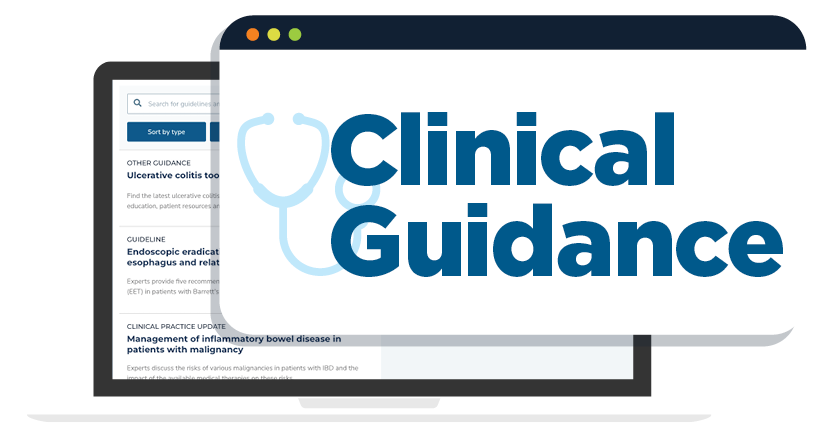Acute cholecystitis is a common condition in the United States and cholecystectomy is the definitive treatment. However, patients may be deemed inoperable because of comorbidities. Percutaneous transhepatic gallbladder drainage (PT-GBD) is the most common, nonsurgical method for gallbladder decompression. However, drain-related complications, including frequent tube changes and discomfort, limit its use long term.
Endoscopic treatment via transpapillary gallbladder drainage (ET-GBD) and, more recently, endoscopic ultrasound–guided gallbladder drainage (EUS-GBD) have been developed for endoscopic management of acute cholecystitis in high-risk surgical patients. With the use of lumen-apposing metal stents (LAMS), EUS-GBD is associated with high rates of technical and clinical success and low rates of adverse events. In this clinical practice update, experts comment on the role of EUS-GBD (compared with ET-GBD and PT-GBD) in the management of acute cholecystitis, and describe its indications, contraindications, procedural considerations and associated adverse events.












